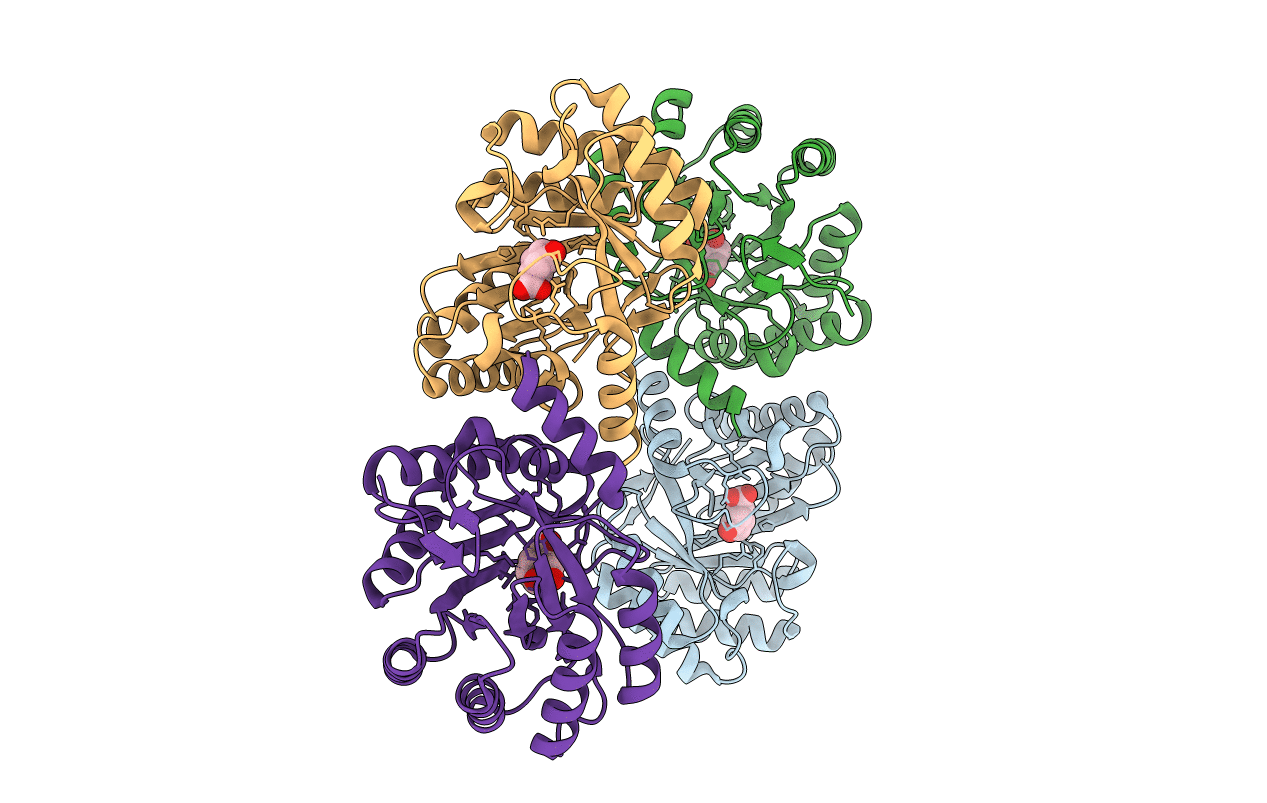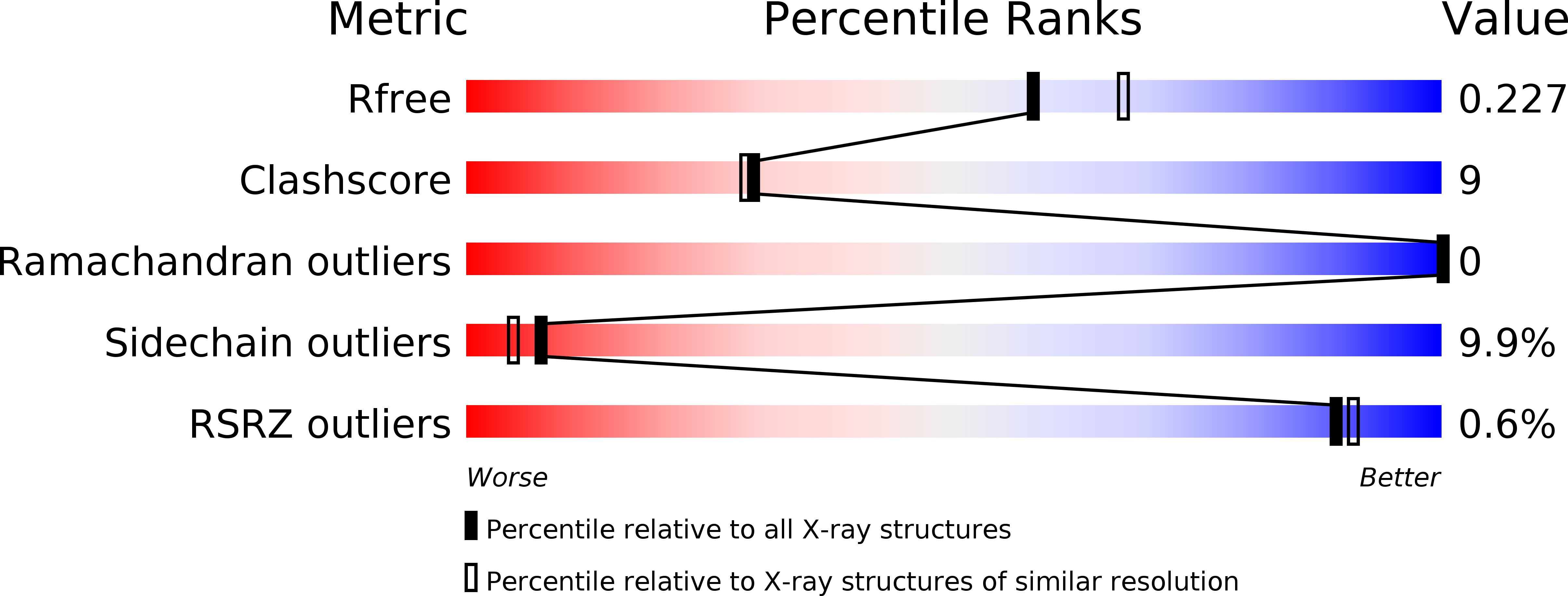
Deposition Date
2002-03-26
Release Date
2003-03-26
Last Version Date
2024-11-06
Entry Detail
PDB ID:
1L9W
Keywords:
Title:
CRYSTAL STRUCTURE OF 3-DEHYDROQUINASE FROM SALMONELLA TYPHI COMPLEXED WITH REACTION PRODUCT
Biological Source:
Source Organism:
Salmonella typhi (Taxon ID: 601)
Method Details:
Experimental Method:
Resolution:
2.10 Å
R-Value Free:
0.24
R-Value Work:
0.17
Space Group:
P 1 21 1


